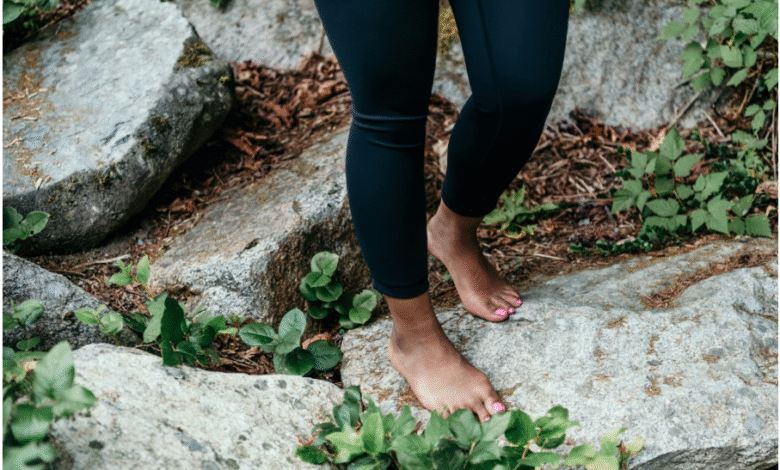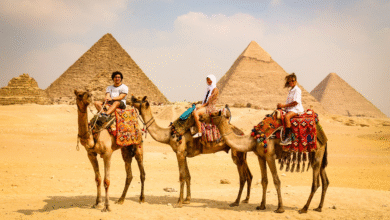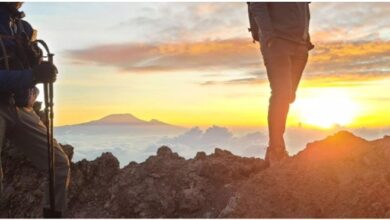Backpacking Across South America: A Complete Guide

Few travel experiences capture the spirit of freedom like backpacking through South America. This vast and varied continent invites explorers to trace ancient civilizations, hike among dramatic landscapes, and lose themselves in the rhythm of cities that feel alive at every corner. From the icy peaks of Patagonia to the jungles of the Amazon, every border crossed introduces a new language, flavor, and way of life. It is a region that rewards curiosity and patience, offering not just beauty but transformation to those who take the time to explore it.
Preparing for the Journey
Backpacking in South America requires both enthusiasm and practical planning. Seasons vary widely between countries and elevations, so what feels like summer in Colombia might feel like winter in Chile. Pack with flexibility in mind, focusing on lightweight clothing that can layer easily. Good walking shoes, a reliable rain jacket, and a sturdy backpack make the foundation of your gear.
Most travelers begin their journey in major hubs like Bogotá, Buenos Aires, or Lima, where international flights are plentiful. These cities offer easy access to public transportation, affordable hostels, and lively social scenes that connect travelers heading in every direction. Before setting out, it’s worth brushing up on basic Spanish or Portuguese, depending on your route. Even simple phrases go a long way in markets, small towns, and rural bus stations.
For many, planning an extended backpacking trip comes after other types of travel. Some might have experienced the comfort of an Alaskan cruise or a European rail journey and are now looking for something more grounded and spontaneous. Backpacking through South America offers that sense of adventure, where days unfold naturally and discovery feels constant.
Mapping the Route
South America’s geography is dramatic and diverse, making it wise to choose a route that balances ambition with practicality. A classic journey starts in the north and works southward, beginning in Colombia or Ecuador before crossing into Peru, Bolivia, Chile, and Argentina. This progression allows travelers to gradually adjust to changes in altitude and climate.
In Peru, Machu Picchu remains a highlight, but it’s worth exploring beyond the famous ruins. The Sacred Valley’s smaller towns, like Ollantaytambo and Pisac, reveal daily life in the Andes and offer rich markets full of handmade textiles. Nearby, Cusco’s cobblestone streets and colonial charm make it an ideal base for acclimating before heading deeper into the mountains.
Bolivia’s high plains and salt flats provide one of the most surreal experiences on the continent. The Salar de Uyuni, stretching endlessly in white, reflects the sky in a way that makes it feel like walking through a dream. Continuing south into Chile, the Atacama Desert offers lunar landscapes and nights filled with stars so bright they seem within reach.
Argentina’s diverse regions showcase everything from Andean peaks to vineyards and waterfalls. Mendoza’s wineries provide a perfect pause before venturing further south to Patagonia, where trails in El Chaltén and Torres del Paine offer some of the most stunning trekking opportunities in the world.
Staying on Budget
One of the greatest appeals of backpacking through South America is how affordable it can be compared to other continents. Public buses connect most cities and towns, often at a fraction of what similar routes would cost elsewhere. Overnight rides save both time and the cost of accommodation.
Local food markets are central to daily life, and eating as the locals do can stretch your budget while introducing authentic flavors. In Peru, ceviche and lomo saltado are staples, while Argentina’s empanadas and grilled meats are both affordable and satisfying. Street food, when chosen wisely, can be some of the most memorable dining of the trip.
Hostels remain the heart of the backpacking community. Many now offer private rooms, social events, and even co-working spaces, allowing travelers to blend comfort with camaraderie. For those who want to go further off the grid, camping in national parks or volunteering in eco-lodges provides an immersive way to experience nature while keeping costs low.
Staying Safe and Connected
Safety while backpacking comes down to awareness and preparation. Cities like Buenos Aires, Quito, and Rio de Janeiro are exciting but require common sense. Carry only what you need, keep valuables close, and use reputable transportation options after dark. Rural areas, while generally safe, may have limited services, so plan ahead for cash and supplies.
Connectivity across South America has improved significantly. Local SIM cards are inexpensive and provide good coverage in most populated areas. Apps like Maps.me and Google Translate remain useful for navigation and communication, especially in remote regions.
Embracing the Experience
Backpacking across South America is not just about checking destinations off a list. It’s about rhythm—the slow buses winding through mountain passes, the laughter of street musicians, and the feeling of being part of something larger than yourself. The continent encourages patience and openness. You might share a long meal with strangers in a small café or end up hiking with someone you met only the night before.
There will be moments of challenge: missed buses, sudden rainstorms, language barriers. But those moments often lead to unexpected kindness and stories that stay with you long after returning home. Traveling light and keeping plans flexible allows you to respond to opportunities as they appear.
For travelers who enjoy nature and culture in equal measure, South America offers unmatched variety. Whether it’s standing at the base of Iguazu Falls, exploring the Galápagos Islands, or tracing the history of Buenos Aires’ tango halls, the continent rewards curiosity. Each border crossed feels like entering a new world, with fresh landscapes and traditions waiting to be understood.
Returning Home Changed
By the time your backpacking journey winds down, you’ll likely feel transformed. There’s a different kind of satisfaction in knowing you navigated vast distances, adapted to new environments, and learned from people whose lives are far removed from your own. The experience leaves a mark that no photograph or souvenir can match.
Backpacking across South America is an act of freedom, but it’s also one of connection—to nature, to history, and to the rhythm of life that unfolds at its own pace. It reminds travelers that exploration does not always require luxury or precision. Sometimes, it simply asks for curiosity, resilience, and the willingness to keep moving forward.
For anyone ready to trade routine for discovery, this continent offers endless invitation. Each mountain trail, winding road, and quiet plaza is a reminder that the world is wider and richer than we often remember—and that the best adventures begin when you set out with no fixed plan, just a sense of wonder and a well-packed bag.




